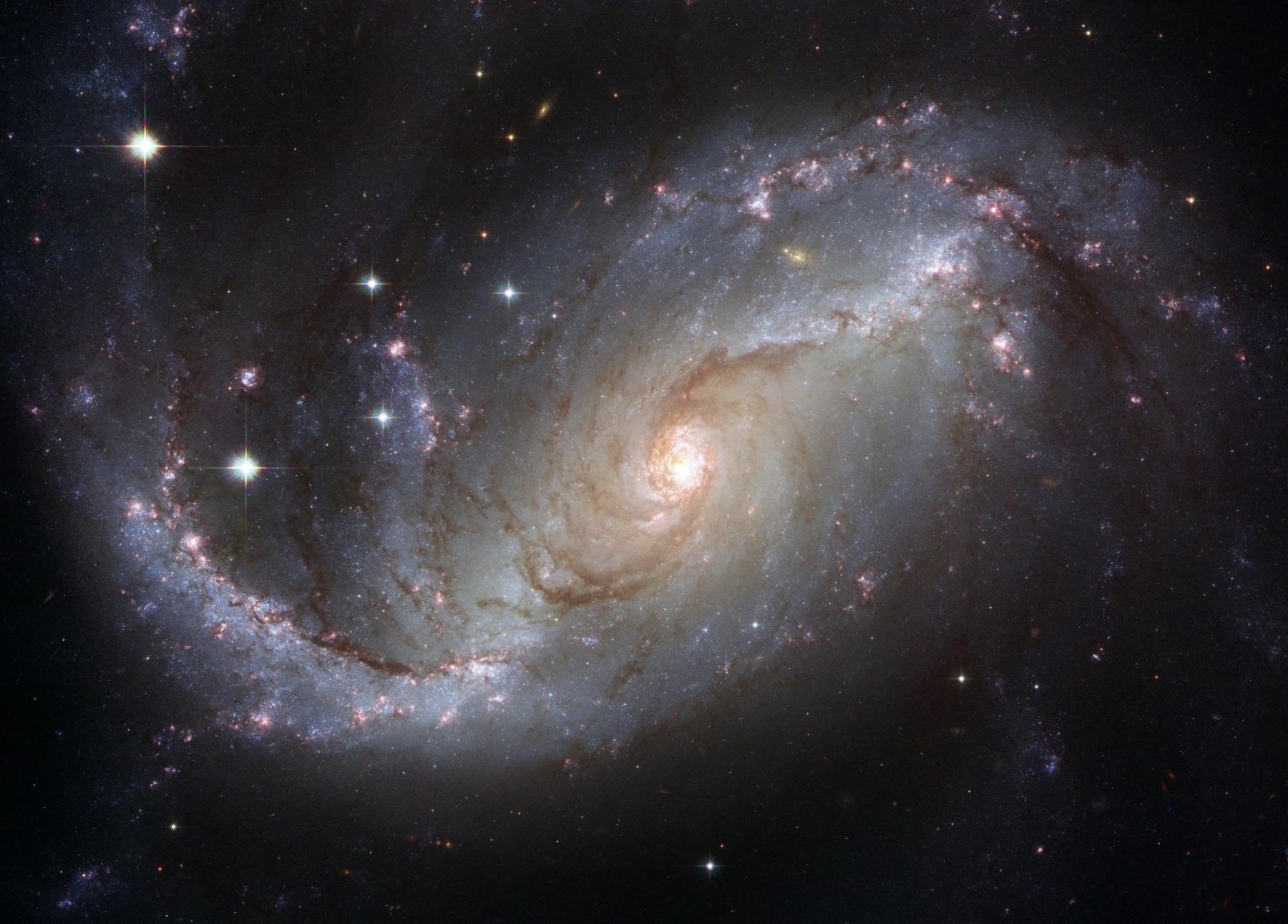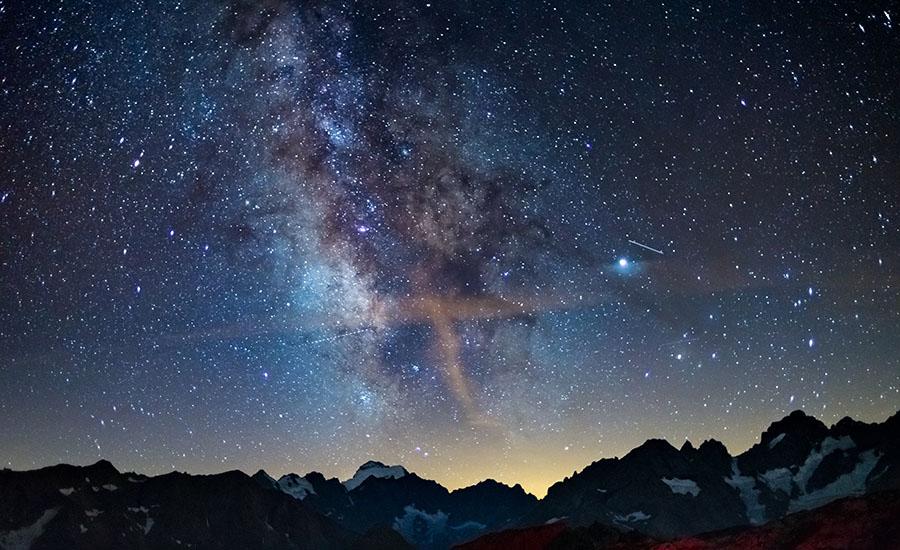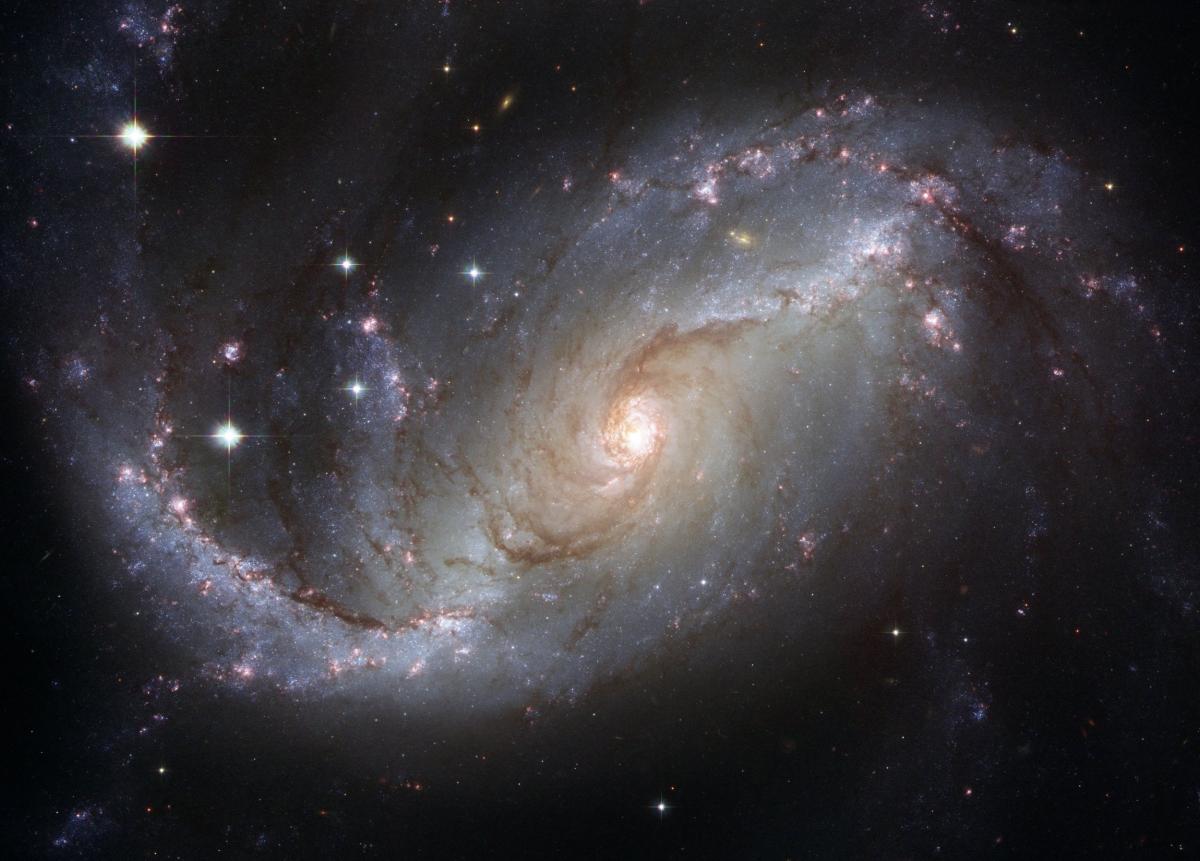
Exploring Solar System Scale with Ratios and Proportions
by Jessica Leonard
Students will work together to create a scale to build the solar system using ratios and proportions.
Lesson Grade Level
6th GradeLesson Plan Link/URL
https://docs.google.com/presentation/d/1ioi4_vymYstQH50Y4a7Y2s81EYpMF7yK/edit?u…Subject Area
Science Earth and Space Science E2: Earth & the Universe Engineering S3: Apply Mathematics to Engineering S4: Apply Science to Engineering Mathematics Ratio and Proportion (RP)
Featured
Off
Related Content

Grades:
5th Grade
In this activity, students will make a model of the planets in the solar system and specifically model their distances to scale. Materials: Model of the Solar System-plastic 3D model String Push pins

Grades:
5th Grade, 6th Grade
Students will use PIXLR to compare sizes of the moon and earth to each other and other objects in the solar system.

Grades:
7th Grade, 8th Grade, 9th Grade, 10th Grade, 11th Grade, 12th Grade
This is an introduction to exoplanets and their discovery. In the hands-on activity, students make a lightcurve for an exoplanet transit using data from the DIY MicroObservatory Telescope Network.

